Who ruled Russia the longest?
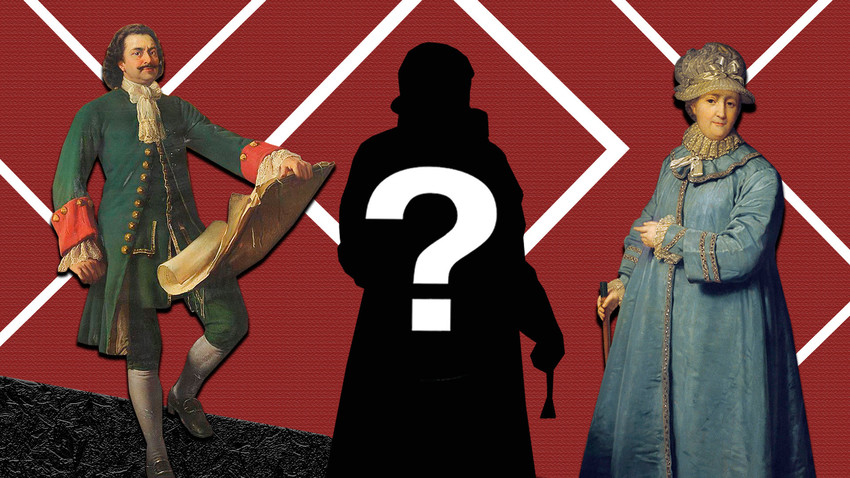
6. Joseph Stalin – 30 years 11 months, 1922-1953
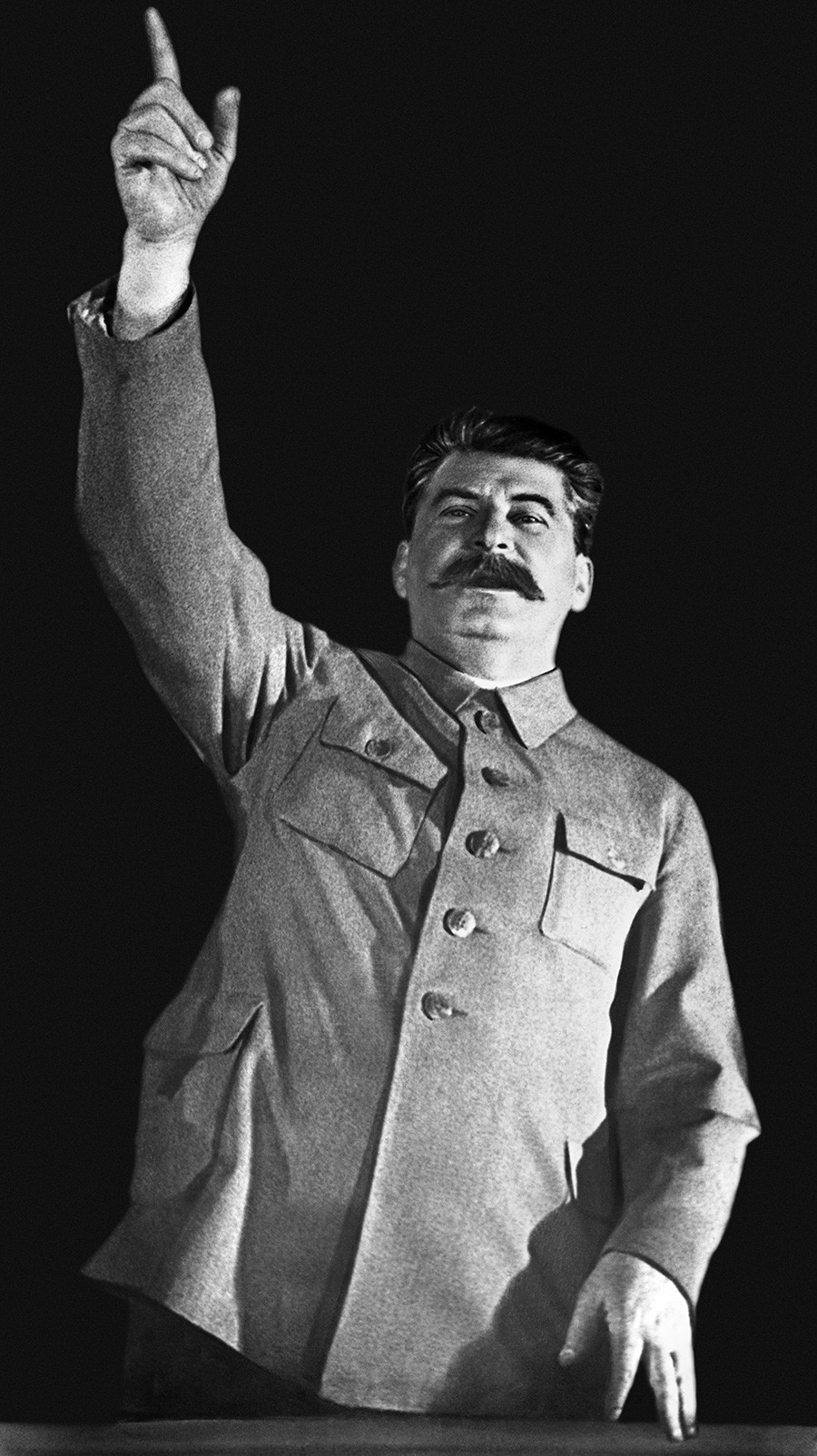
An official portrait of Joseph Stalin
SputnikJoseph Stalin (1879-1953) was the longest-ruling Russian leader of the 20th century. On April 3, 1922, the Central Committee of the Communist Party of the Soviet Union (CPSU) made Joseph Stalin General Secretary of the CPSU, which meant he controlled the Party administration, all document flow, all staff appointments.
In the newborn USSR, the structures of the Communist Party began merging with the structures of the state, and by the end of Stalin’s rule, positions inside the Party became more important than simply administrative positions. Party became the real government, and its General Secretary became the foremost position in the state. This system was constructed by Stalin. At his death at the age of 74, on March 5, 1953, he was one month short of ruling the country for 31 years.
READ MORE: What were Russian rulers called?
5. Mikhail Romanov – 32 years 5 months, 1613-1645
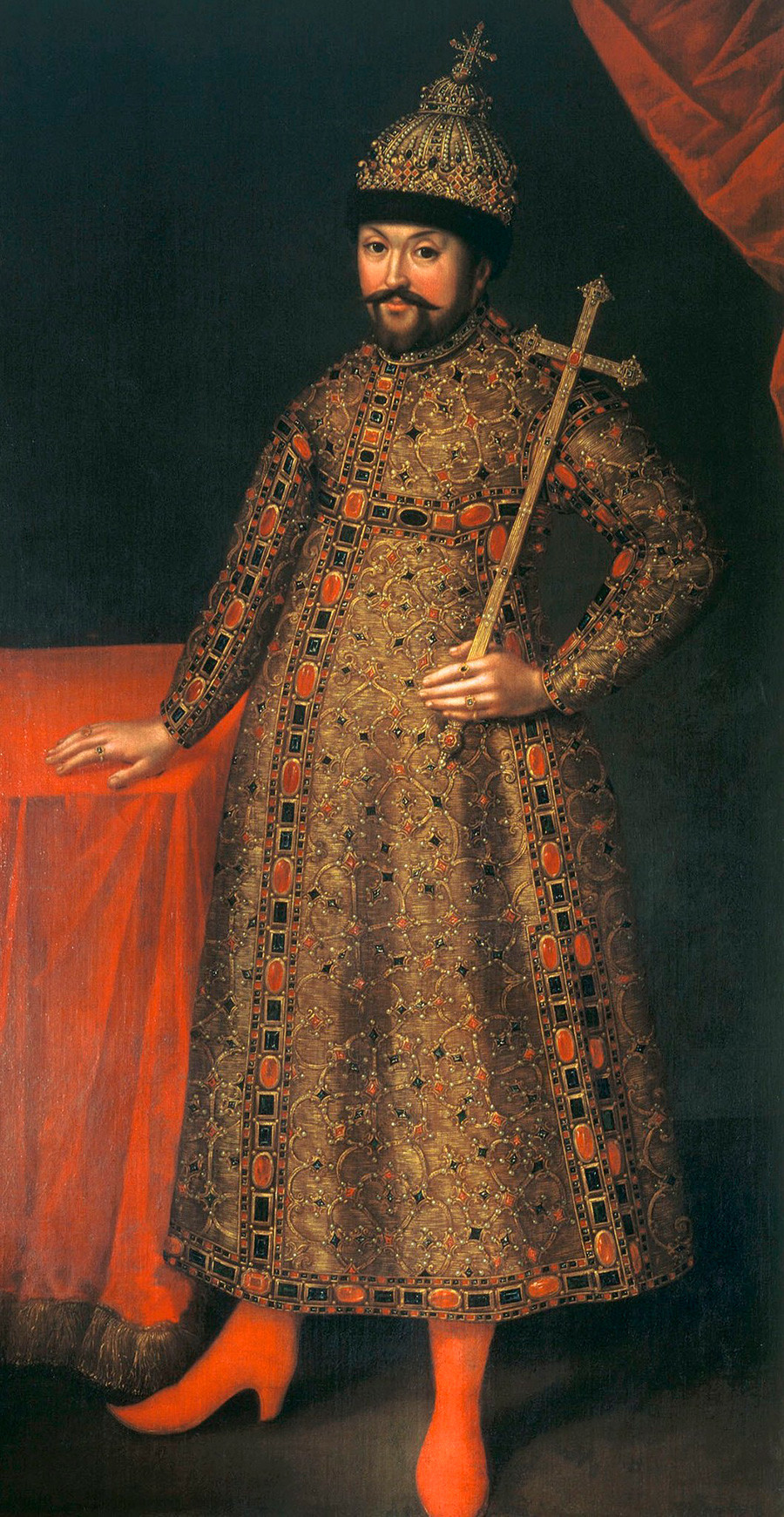
'Portrait of Tsar Mikhail Fyodorovich' by Johann Heinrich Wedekind (1674-1736)
Tretiakov GalleryThe first of the Romanovs, Mikhail Fyodorovich (1596-1645), became tsar at a mere 16, but for the most part of his reign, Mikhail was controlled by his powerful parents, Xenia Shestova and Fyodor Romanov, later known as Patriarch Filaret of Moscow.
Only when Filaret died in 1633, Mikhail had the chance to rule of his own accord. During his reign, Russia was recovering from the disastrous Time of Troubles. He died relatively young at 49 due to undiagnosed disease.
4. Catherine the Great – 34 years 4 months, 1762-1796
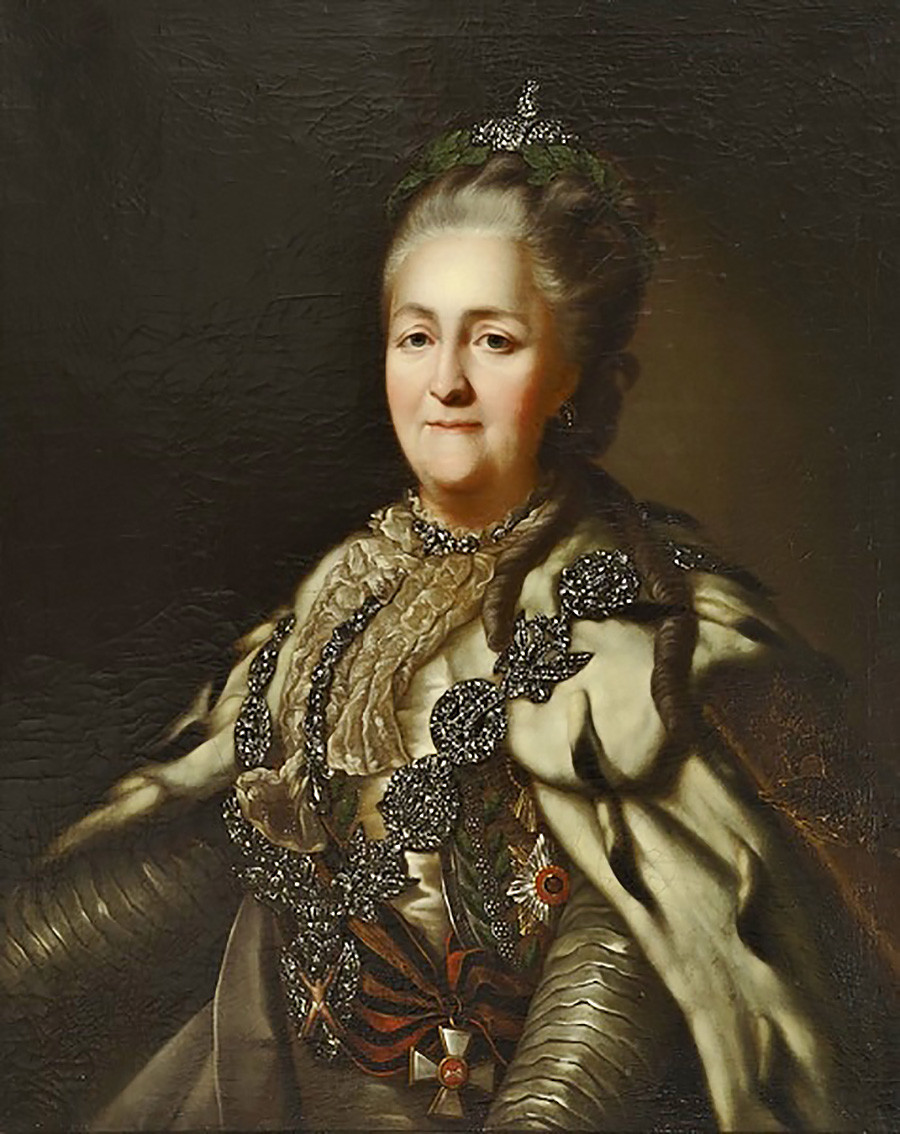
'Portrait of Empress Catherine II' by unknown painter, 1782
Public domainThe reign of Catherine the Great (1729-1796) changed Russia for good. At the beginning of her rule, Russia was just one of many powerful European states. After Catherine’s epoch, Russia was undisputedly the most powerful state on the continent and the main opponent of Napoleonic France.
Under Catherine, the death penalty was banned in Russia; its army and state apparatus grew enormously, and the nobility was freed from compulsory state service, which lead to the flourishing of arts and culture. As a result of Catherine’s foreign policy, Russian territory expanded, lands of Small Russia (including Crimea) became governorates of the Russian Empire. At the same time, all these achievements were made at the expense of Russian people, mainly serfs, who worked all their lives to provide for their landlords and the army. Catherine the Great died at 67, from a stroke.
READ MORE: Who founded Russia and ruled it before the Romanovs?
3. Peter the Great – 42 years and 9 months, 1682-1725
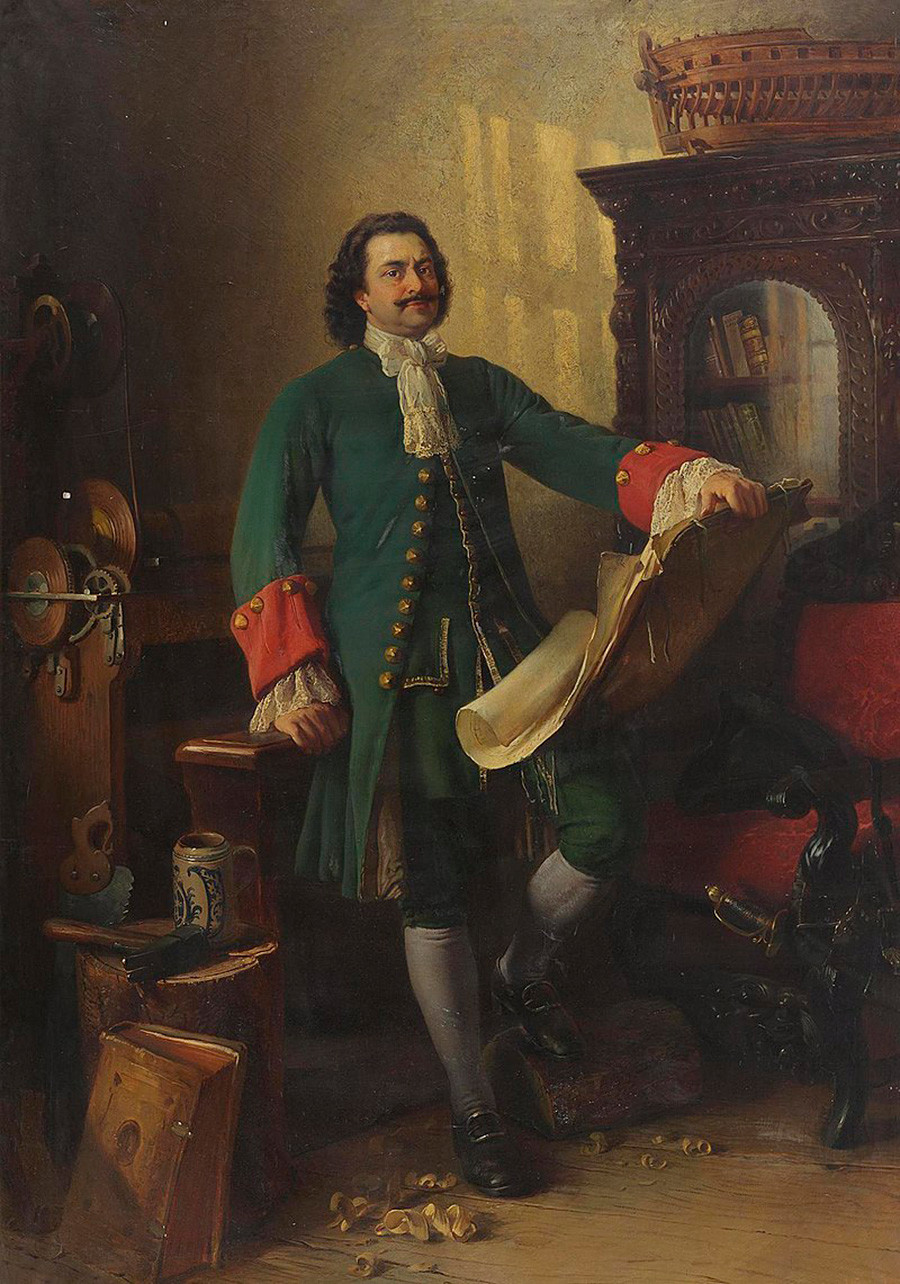
'Peter the Great in His Studio,' 1870, by Konstantin Makovsky (1839-1915)
State HermitageAlthough Mikhail Fyodorovich, the first Romanov, was controlled by his parents, formally he ruled as sovereign tsar. On the contrary, during the early times of the reign of Tsar Peter (1672-1725), he wasn’t ruling solely. On May 7, 1682, his elder half-brother, Ivan V of Russia, was proclaimed the tsar jointly with him (and acclaimed as the senior one), while their elder sister Sophia acted as the regent.
Only in 1689, after his marriage, Peter managed to overthrow Sophia’s regency and start ruling alone. In 1721, Russia became the Russian Empire, and Tsar Peter became Emperor Peter the Great, and continued to rule in this fashion until 1725, when he died of acute kidney stone disease at 52.
2. Ivan III the Great – 43 years and 7 months, 1462-1505

Ivan the Great
Texas university portrait galleryIvan III of Russia (1440-1505), known during his life as Ivan the Great, was the first ruler of the state that eventually became Russia. In 1462, according to the will of his father, Grand Prince of Moscow Vasily II, Ivan was proclaimed the next Grand Prince.
Ivan brought the different duchies of North-Eastern Rus’ under his own direct control. He finalized the central role of Moscow as the ruling city, and created the first formal institutions for the quickly growing state. Under Ivan, the territory of the Grand Duchy of Moscow became five times as big as it was before him; he introduced the coat of arms of the Grand Duchy of Moscow – the two-headed eagle, and most importantly, put a decisive end to the Tatar occupation of Russian territories. Ivan died in 1505 of some undiagnosed and quickly developing disease; he was 65 years old.
1. Ivan the Terrible – 50 years and 3 months, 1533-1584
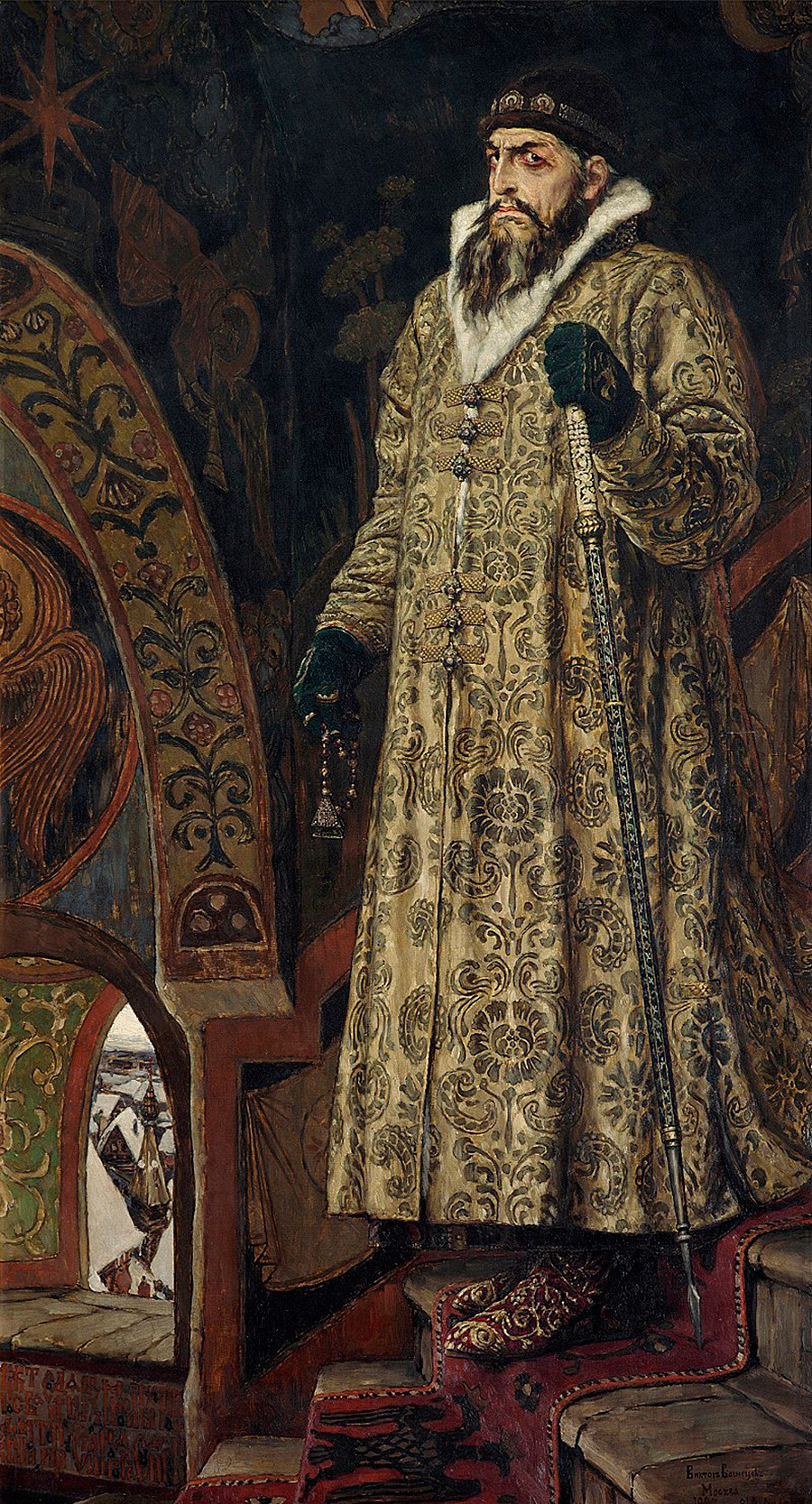
'Ivan the Terrible,' 1896, by Viktor Vasnetsov (1848-1926)
Tretyakov galleryCoincidence or not, the longest-ruling Russian tsar was the first Russian tsar, Ivan the Terrible (1530-1584). Formally, he became Grand Prince of Moscow in 1533 at only three, after the death of his father Vasily III of Moscow.
Until 1547, Ivan ‘ruled’ only on paper, while the real decisions were taken by the boyar aristocracy. The boyars fought fiercely for the domination at the court, but as Ivan grew older, he took power into his own hands. On 16 January 1547, aged 16, Ivan was crowned with Monomakh's Cap at the Cathedral of the Dormition in the Moscow Kremlin. He was the first to become “Tsar of All Russia.”
READ MORE:7 facts about Ivan the Terrible, the first Russian tsar
During Ivan’s reign, the state underwent qualitative changes: a new code of laws, the Sudebnik of 1550, was introduced, the state system reformed and improved, Astrakhan and Kazan Khanates became part of Russia, and the Siberian Khanate was crushed – the exploration of Siberia started.
It’s hard to even mention every change Russia experienced under Ivan the Terrible. He’s still one of the most discussed, blamed and praised rulers in Russian history, and he remains the longest-ruling Russian leader.
If using any of Russia Beyond's content, partly or in full, always provide an active hyperlink to the original material.
Subscribe
to our newsletter!
Get the week's best stories straight to your inbox